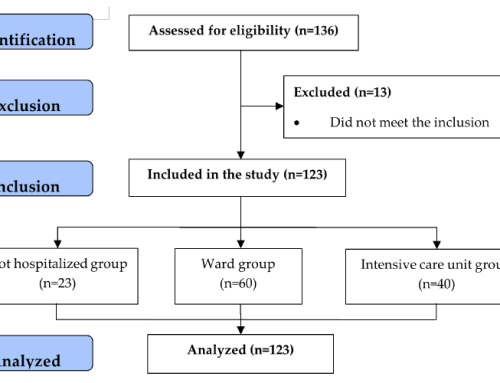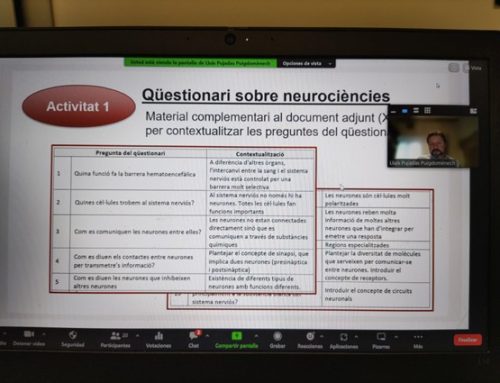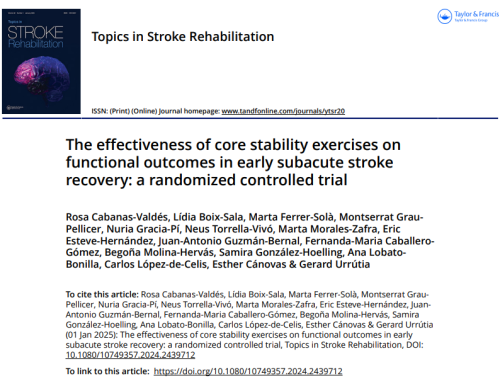Article: Semaphorin-3F/Neuropilin-2 Transcriptional Expression as a Predictive Biomarker of Occult Lymph Node Metastases in HNSCC
Authors: Carla Meler-Claramonte, Francesc Xavier Avilés-Jurado, Isabel Vilaseca, Ximena Terra, Paloma Bragado, Gemma Fuster, Xavier León Vintró i Mercedes Camacho.
Abstract:
Introduction: The expression of the semaphorin-3F (SEMA3F) and neuropilin-2 (NRP2) is involved in the regulation of lymphangiogenesis. The present study analyzes the relationship between the transcriptional expression of the SEMA3F-NRP2 genes and the presence of occult lymph node metastases in patients with cN0 head and neck squamous cell carcinomas.
Methods and Results: We analyzed the transcriptional expression of SEMA3F and NRP2 in a cohort of 53 patients with cN0 squamous cell carcinoma treated with an elective neck dissection. Occult lymph node metastases were found in 37.7% of the patients. Patients with occult lymph node metastases (cN0/pN+) had significantly lower SEMA3F expression values than patients without lymph node involvement (cN0/pN0). Considering the expression of the SEMA3F-NRP2 genes, patients were classified into two groups according to the risk of occult nodal metastasis: Group 1 (n = 34), high SEMA3F/low NRP2 expression, with a low risk of occult nodal involvement (14.7% cN0/pN+); Group 2 (n = 19), low SEMA3F or high SEMA3F/high NRP2 expression, with a high risk of occult nodal involvement (78.9% cN0/pN+).
Conclusions: Multivariate analysis showed that patients in Group 2 had a 26.2 higher risk of lymph node involvement than patients in Group 1. There was a significant relationship between the transcriptional expression values of the SEMA3F-NRP2 genes and the risk of occult nodal metastases.
Keywords:
HNSCC; elective neck dissection; head and neck squamous cell carcinoma; lymphangiogenesis; neuropilin-2; occult lymph node metastases; semaphorin-3F.












Leave a Reply